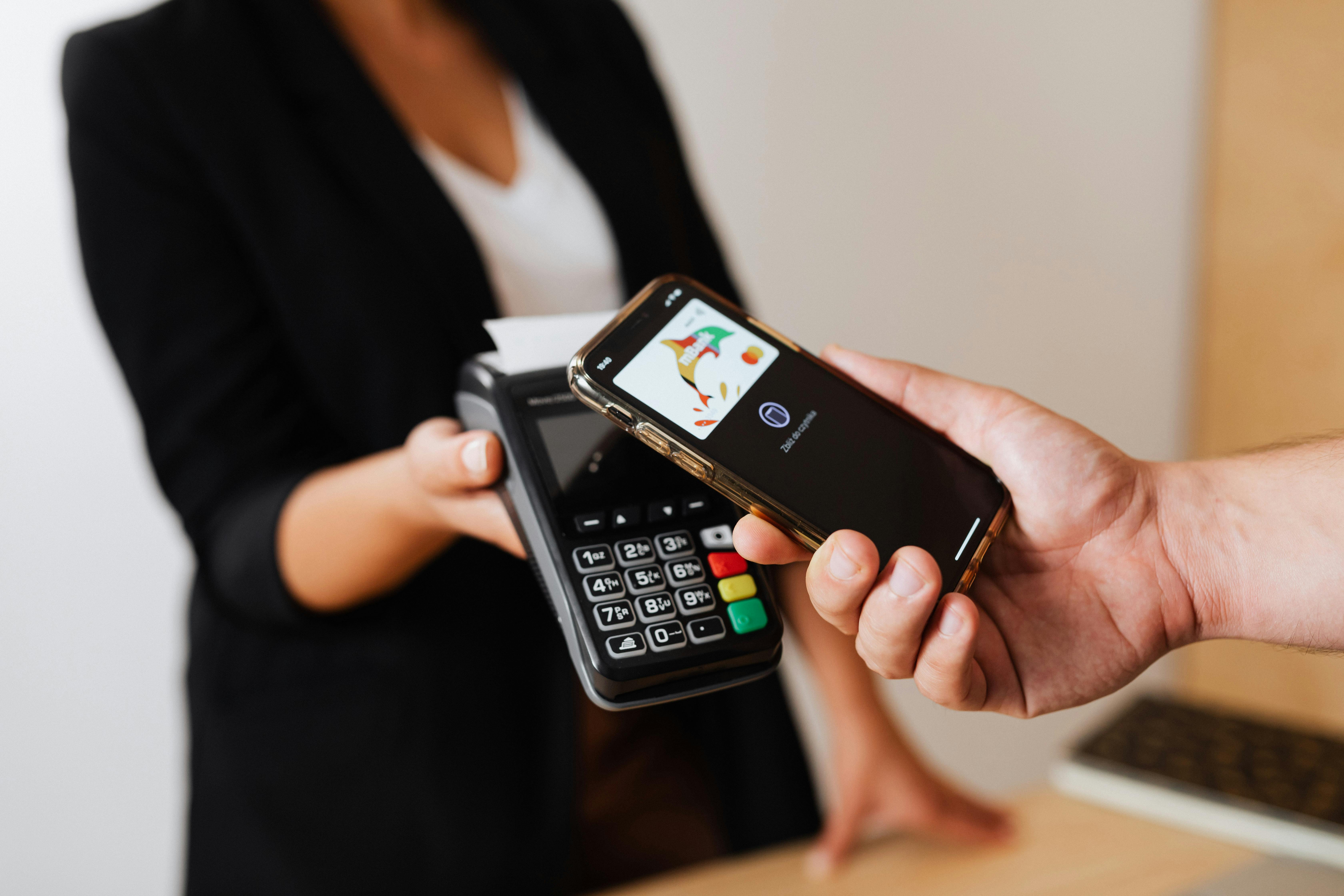Are your AI-powered conversations driving meaningful relationships, or simply shouting into the void? In today’s competitive landscape, organizations lean on artificial intelligence to meet customers where they are—but the strategies behind those interactions couldn’t be more different. Inbound AI agents patiently await customers and delight them with instant answers, while outbound AI agents proactively reach out to spark engagement. Which approach leads to deeper loyalty, higher conversions, and lower churn? Let’s unpack the debate for a general audience eager to make informed, ROI-focused decisions.
Table of Contents
- Inbound AI Agents Explained
- Outbound AI Agents Explained
- Key Differences Between Inbound and Outbound Agents
- Measuring Customer Engagement Effectively
- Practical Use Cases
- How to Choose the Right Approach
- The Power of a Hybrid Strategy
- Conclusion
Inbound AI Agents Explained
Inbound AI agents are digital assistants that react to customer-initiated contact. Think chatbots on your website, virtual assistants in mobile apps, or voice bots that answer calls. Their primary mission is to remove friction and deliver answers instantly, 24/7.
Core Capabilities
- Natural language understanding (NLU) to interpret user intent.
- Knowledge base integration for accurate, contextual responses.
- Seamless escalation to human agents when complexity rises.
- Continuous learning from every interaction to improve over time.
Because customers initiate contact, inbound agents feel non-intrusive. They empower users to maintain control while still receiving speedy assistance. For many brands, this leads to higher satisfaction scores and reduced support costs.
Outbound AI Agents Explained
Outbound AI agents, on the other hand, initiate conversations. These can be automated SMS reminders, personalized email sequences, or voice calls generated by conversational AI. Their goal is to prompt action: complete a purchase, attend a webinar, renew a subscription, or provide feedback.
Core Capabilities
- Predictive analytics to identify the right moment to reach out.
- Hyper-personalization using customer data and behavioral signals.
- A/B testing frameworks to optimize messaging and timing.
- Omnichannel orchestration that keeps tone and context consistent.
Proactivity is powerful—but it carries risk. Poorly timed or irrelevant outreach can feel spammy. Successful outbound AI hinges on precise targeting and respectful frequency.
Key Differences Between Inbound and Outbound Agents
Although both rely on sophisticated machine learning, their approaches diverge on several axes:
- Trigger Mechanism – Inbound waits, outbound acts.
- Customer Control – Inbound maximizes user autonomy; outbound nudges the next best action.
- Data Requirements – Outbound demands richer historical data to avoid misfires.
- Perceived Intrusiveness – Inbound is typically welcomed; outbound must earn trust.
- Business Metrics – Inbound shines in CSAT and cost savings; outbound excels in upsell and re-engagement.
Understanding these distinctions helps organizations set realistic expectations and KPIs for each tactic.
Measuring Customer Engagement Effectively
You can’t manage what you don’t measure. Whether you deploy inbound, outbound, or both, track engagement through:
- Response rate – Percentage of customers who interact with the agent.
- Resolution rate – How often inquiries are solved without human escalation.
- Average handling time (AHT) – Speed of resolution or conversion.
- Customer Satisfaction (CSAT) and Net Promoter Score (NPS).
- Revenue impact – Conversions, upsells, and renewal lift attributed to AI touchpoints.
A balanced dashboard ensures you reward the behaviors that matter, rather than vanity metrics like sheer message volume.
Practical Use Cases
Inbound in Action
- E-commerce Checkout Support: A chatbot guides shoppers through payment hiccups, reducing cart abandonment.
- Banking FAQs: Virtual assistants handle routine balance inquiries, freeing human reps for complex cases.
- Healthcare Scheduling: Voice bots book appointments, verify insurance, and send confirmations.
Outbound in Action
- Subscription Renewals: AI emails remind customers before expiration, offering tailored discounts.
- Event Engagement: SMS bots nudge attendees to join sessions, boosting participation.
- Utility Bill Payment: Automated voice calls notify customers of upcoming due dates and accept payments on the spot.
Notice the pattern: inbound solves existing problems, while outbound seeks preventive or growth-oriented opportunities.
How to Choose the Right Approach
Selecting between inbound and outbound AI is rarely an either/or decision. Evaluate:
- Customer Journey Stage – Early research favors inbound FAQ bots; loyalty programs favor outbound.
- Industry Regulations – Sectors like finance or healthcare impose strict consent rules on outbound messages.
- Data Maturity – Accurate targeting demands clean, enriched datasets.
- Resource Allocation – Outbound campaigns require creative, analytics, and compliance oversight.
Conduct a cost-benefit analysis that weighs implementation complexity against potential ROI.
The Power of a Hybrid Strategy
Many high-growth companies blend both models, creating a closed-loop engagement system:
- Outbound AI sparks interest with a personalized offer.
- Inbound AI is ready to field follow-up questions instantly.
- Data from inbound conversations feeds back into outbound targeting models, refining future outreach.
This synergy minimizes friction, maximizes relevance, and keeps the customer journey seamless across channels.
Inbound AI agents shine when customers come knocking, delivering rapid support and positive brand experiences. Outbound AI agents excel at proactive nudges that drive revenue and retention—but only when done thoughtfully. By mapping your objectives, data readiness, and regulatory constraints, you can determine which tactic—or combination—will engage your audience most effectively.
Ready to take the next step? Take the AI Agent Quiz to determine which agent or agents would best align with your business needs and goals.
Frequently Asked Questions
Are outbound AI messages considered spam?
They shouldn’t be. Adhering to consent laws, segmenting audiences, and delivering real value keeps outreach compliant and appreciated.
Can inbound and outbound AI share the same technology stack?
Yes. Modern conversational AI platforms often support both live chat widgets and campaign automation, allowing centralized management.
What budget should small businesses plan for AI agents?
Cloud-based solutions start at a few hundred dollars per month, scaling with usage and channel complexity.
.svg)









